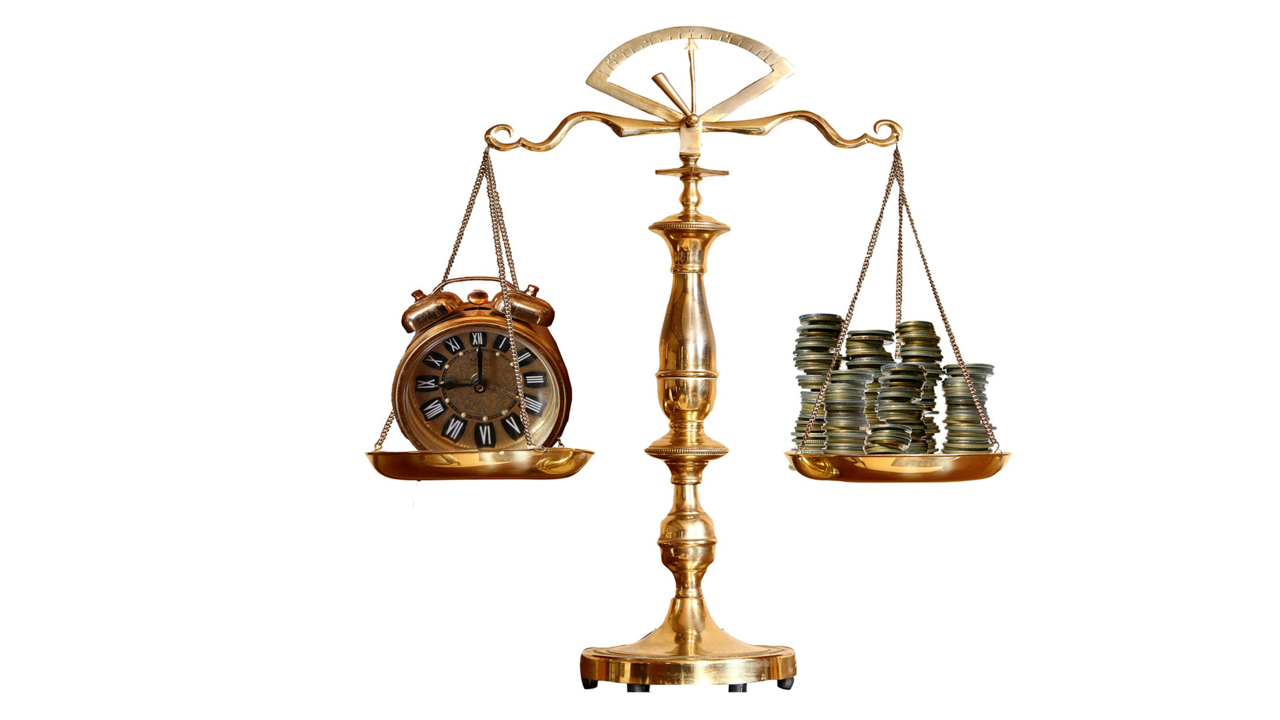Understanding Cannabis Growth Processes to Maximize Tax Deductions

What does a pound of weed cost to grow? What are the production factors involved, and how does that affect recordkeeping procedures for growers and their accounting professionals?
In order for cannabis growers to take advantage of maximum allowable deductions under 280E, accounting professionals must understand how to properly determine the true cost of growing/producing their client’s product. The actual operations of a grower is important for accounting professionals looking to serve cannabis companies, as resource allocation during different cycles of a grow will affect their ability to claim allowable deductions. Opportunities abound for accounting professionals to maximize deductions throughout the seed-to-sale process; from labor all the way to distribution…
… and this is where GAAP Accounting comes into play.
What is GAAP for cost accounting?
Under generally accepted accounting principles (GAAP), absorption costing is required for external reporting. Any cannabis grower, seller, or distributor must adhere to GAAP and cost absorption accounting practices in order to remain compliant. All direct and indirect manufacturing costs must be treated as product costs and subsequently included as inventory in the financial statements.
What Is Absorption Costing?
Full absorption costing – or, simply “absorption costing” – is an accounting method that applies the fixed costs of production towards a good.
In terms of financial reporting, inventory costs under absorption costing include all direct materials, direct labor, variable and fixed overhead. Alternatively, period costs include all Selling, General and Administrative (SG&A) expenses, whether variable or fixed and are not included in inventory or COGS.
Cost accounting in cannabis can be very complex.
Let’s take a look at the following scenario as an example...
If I’m a retailer and I sell bedding, what does my products cost:
On January 1, I buy a flat sheet for $50. Then on February 1, I buy 2 more flat sheets for $55. Then on March 1, I finally sell one. What is the cost on the sheet sold?
- Using FIFI Costing, the cost is $50
- Using LIFO Costing, the cost is $55
- Using Average Costing the cost is $53.33
Now, let’s make it more complex and use a cannabis company: what if I’m a Cannabis Extract Processor? I buy “trim” from a grower at $400 a pound. To produce a 750mg tincture each will need 750ML formulation and I can get 29 of these from a pound of trim, so each product has $13.79 of flower trim. Other supplies, etc. add up to $2.00. Direct labor and overhead to produce the final product is $1.50, so total cost is $17.29.
Overhead calculation includes many items including rent, utilities, indirect labor and more. And what if the next pound of trim I buy goes up to $420? Or I give one of my direct laborers a raise? You see how it can get complex quickly, particularly with very few reliable software tailored for cannabis cost accounting.
For processing products you have materials costs, a little bit of labor and a little bit of overhead. On the other hand for a grower, you start with a seed or clone (often 0 or very small cost) and you add months of labor, utilities, supplies, and more to get a final product. Probably 95%+ of a pound of flower cost to grow is in labor and overhead and less that 5% in raw materials.
So, as you can see, growers have many opportunities to maximize their deductions if they take the time to break down their processes, from planting preparation to cultivation. If you are looking to learn more about how to do proper cost accounting for cannabis growers, or are in need of a system to simplify your processes, there are tools that we provide to this end. Our program includes systems that can be implemented to make the recordkeeping process easier, and help define proper allocation for Inventory and costs of goods sold.
For more information on cannabis accounting practices for growers and accounting professionals, do one or more the following:
- Check out our Cost Accounting and 280E blog and webinar replay
- Take a look at the details of our Cannabis Accounting 5.0 program to learn more about the tools we use to provide world-class accounting service to cannabis companies.
